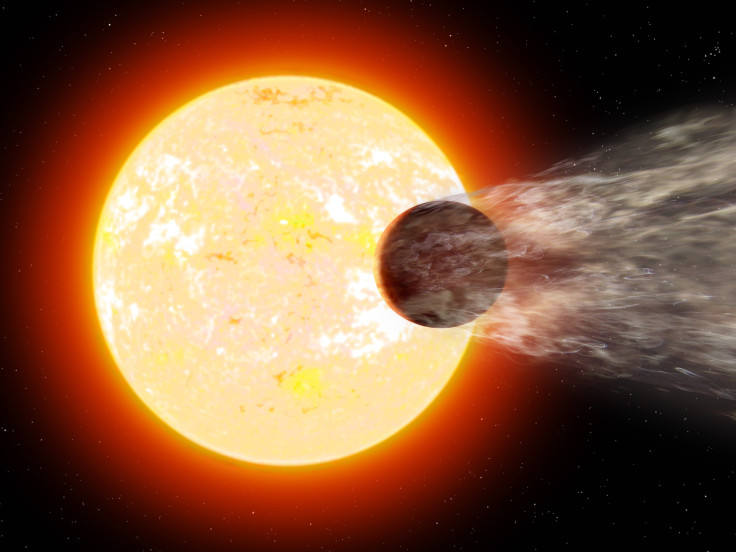Possibility Of Alien Life On Exoplanets Could Be Thwarted By Massive Stellar Eruptions

The search for life, as we know it, beyond Earth has been one of the scientific endeavors of mankind since the dawn of space travel. But given the numerous problems inherent in that effort, its twin search has been for other habitable planetary bodies where life could potentially thrive.
Relatively close by, within our solar system, ancient Mars was a possible candidate but it is now an arid wasteland. Moons of Jupiter and Saturn, such as Europa and Enceladus, are also thought to harbor conditions that could perhaps be habitable for life. However, as human technology has advanced and we have found exoplanets — planets outside the solar system — the possibility of finding suitable conditions for life has jumped manifold.
Read: Nearest Exoplanet, Proxima B, Could Have Stable Climate, Be Potentially Habitable
Those searching for exoplanets in the so-called “Goldilocks zone” of other stars often focus on cool stars and look for Earth-like planetary bodies orbiting them. This is so because if a star is relatively cooler, there are higher chances for planets around it to have liquid water — a prerequisite for life as we know it. New research presented Monday applied models of massive stellar eruptions to such stars, and found that the eruptions from those stars could affect the exoplanets’ chances of habitability.
Christina Kay of the NASA Goddard Flight Center presented the research at the ongoing National Astronomy Meeting (NAM) 2017 at the University of Hull, United Kingdom. Coronary mass ejections (CME) — large eruptions of plasma and magnetic fields from stars, including the sun — contribute to space weather and potentially affect the habitability of the planets they encounter, the research found.
The CME impact on a planet could severely deplete the planet’s magnetosphere, which in turn would expose its atmosphere to space. The CME would then strip away the atmosphere, causing the temperatures to rise and any liquid surface water to evaporate, leaving behind a barren desert. This phenomenon would also leave the planet’s surface and any life-forms on it exposed to harmful X-rays from the nearby star.
“We figured that the CMEs would be more powerful and more frequent than solar CMEs, but what was unexpected was where the CMEs ended up,” Kay said, according to a statement released by NAM.
Read: ‘Warm Neptune’ Exoplanet Has Water, Primitive Atmosphere
For the research, Kay and her team used CMS theories developed at Boston University, based on our solar system, and applied them to other stars. Specifically, the trajectories of theoretical CMEs were modeled for the cool star V374 Pegasi, and the results suggested exoplanets would need magnetic fields that are ten to several thousand times that on Earth if their atmoshpheres were to be shielded from the star’s CMEs.
“While these cool stars may be the most abundant, and seem to offer the best prospects for finding life elsewhere, we find that they can be a lot more dangerous to live around due to their CMEs,” Marc Kornbleuth, a graduate student involved in the project, said in the NAM statement.
© Copyright IBTimes 2024. All rights reserved.





















